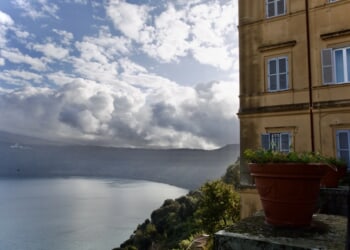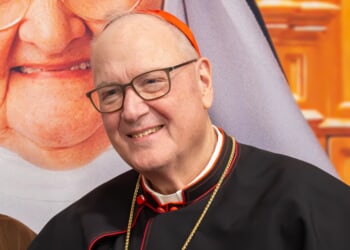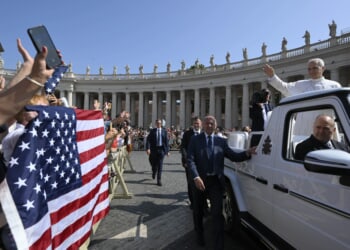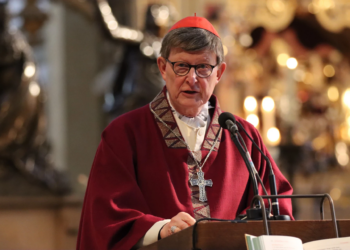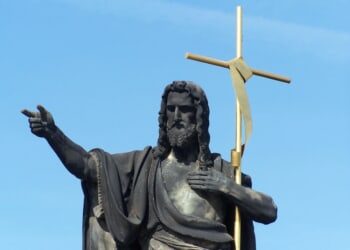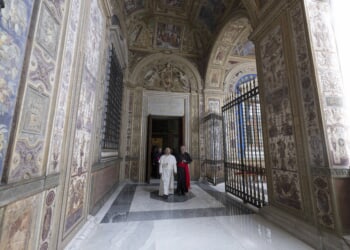Vatican City, May 8, 2025 /
10:20 am
It’s probably the most-watched smoke in the world: The billows of exhaust unfurl before the watchful eyes of thousands every conclave — the only communication allowed from the cardinals locked inside the Sistine Chapel to decide the next pope.
Whether it is black — meaning the majority has not been reached — or white — meaning the new pope has been elected — is a matter of extreme importance to the billions of Catholics living around the world.
But where does the smoke come from and how are the two colors produced?
It all starts with an iron stove set up in the Sistine Chapel. This particular stove has been used in each conclave since 1939, when Pope Pius XII was elected. A second stove, added in 2005, is also used.
In the older stove, the smoke is produced from burning the ballots on which the cardinal electors cast their votes, together with other documents from the process. The papers are placed in an upper door of the small stove, which is just over 3 feet tall and about 1.5 feet wide.
To prevent any confusion about the color of the smoke, in the 2005 conclave that gave the Church Pope Benedict XVI, a second, more modern stove was also used.
Historically, the white smoke was created by burning the ballots together with dry straw. The black smoke was made from the ballots, wet straw, and with the addition of pitch to darken the color.
Since 2005, however, chemical compounds have been used (via five cartridges inserted into the more modern stove) to make the colors of the smoke more visibly black and white.
For white smoke, a compound of the chemicals potassium chlorate, lactose, and rosin (also known as Greek pitch) is used, while potassium perchlorate, anthracene, and sulfur are used for the black smoke.
When the paper ballots and other documents are burned in the older stove, an electronic system is activated in the newer stove, triggering the cartridges to produce, in sequence, the chemicals to create a colored smoke lasting seven minutes.
To improve the smoke’s draught, the flue is preheated with electric heaters and even has a fan that can be turned on if needed.






